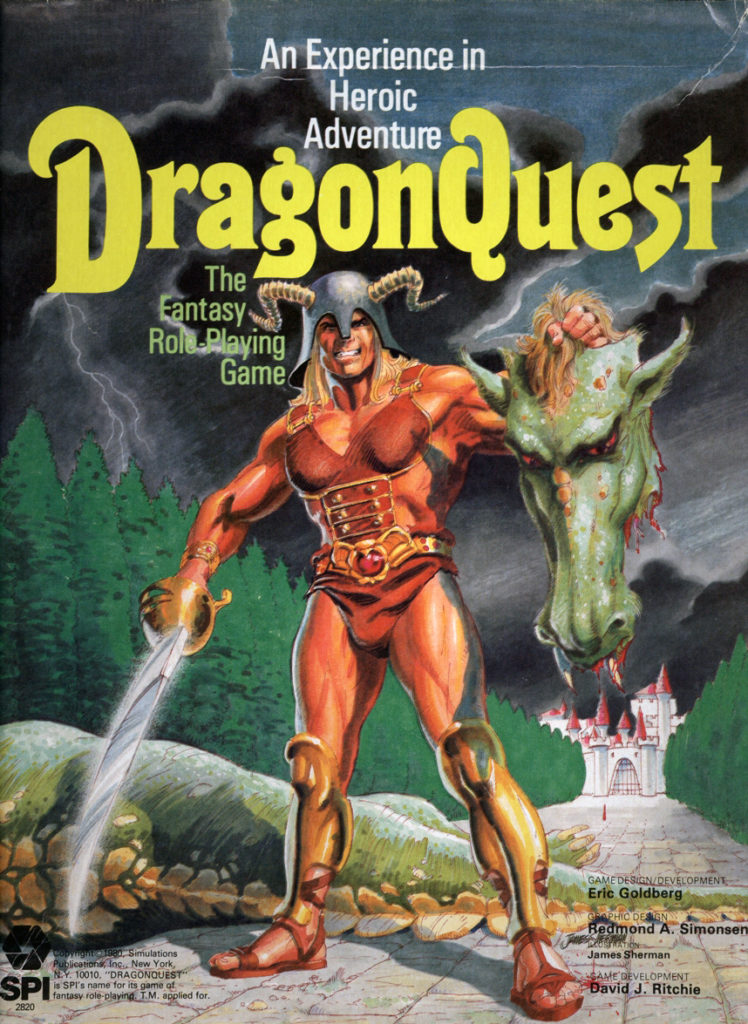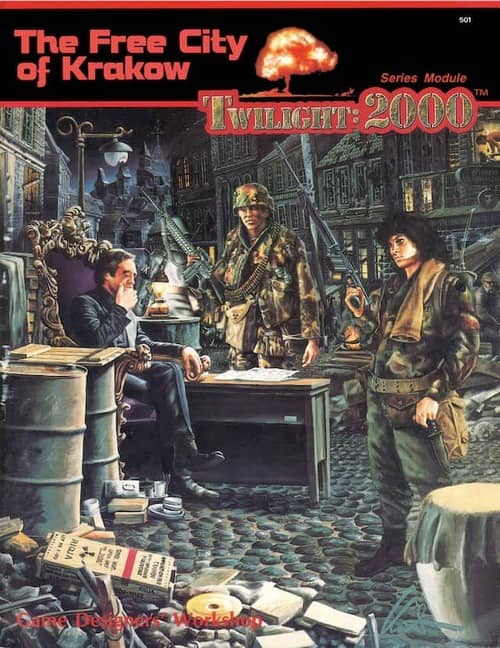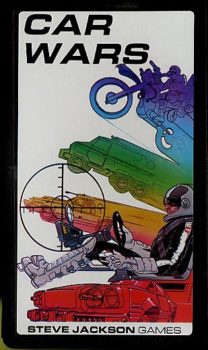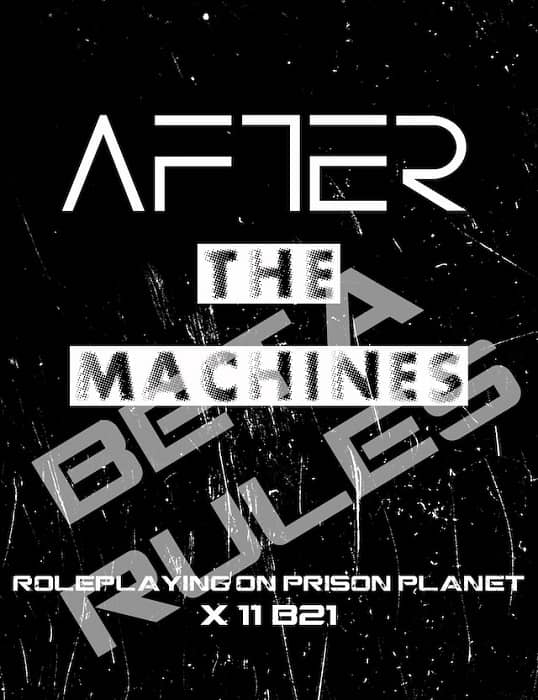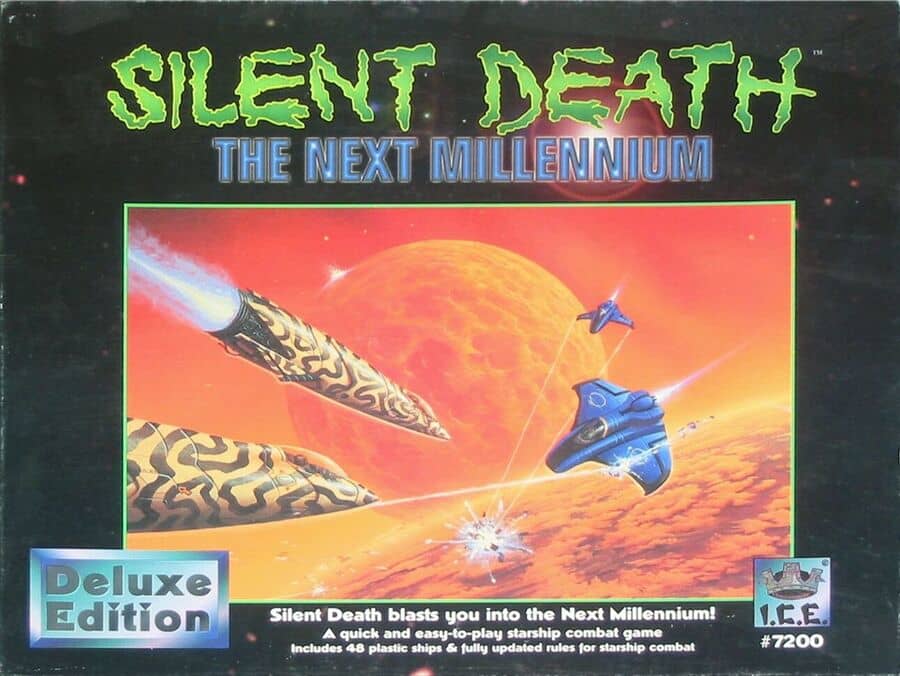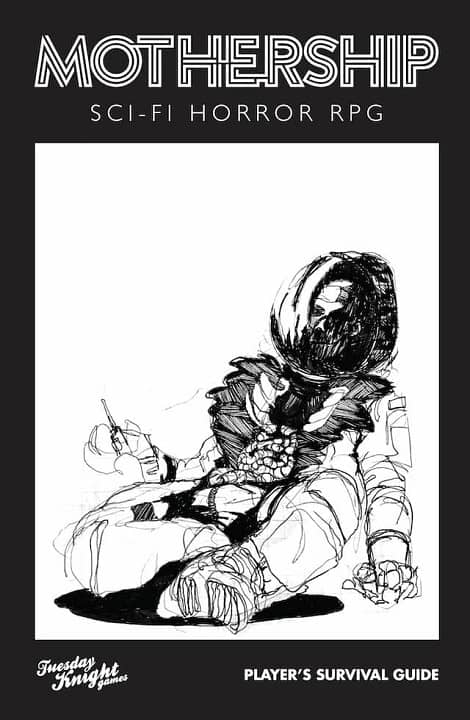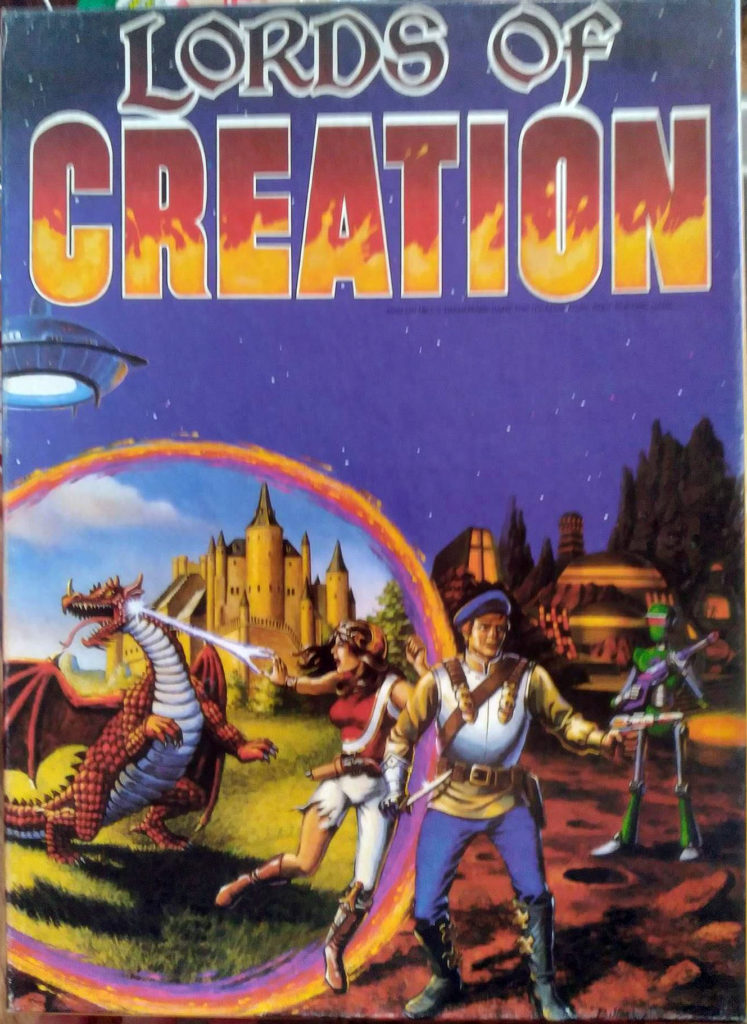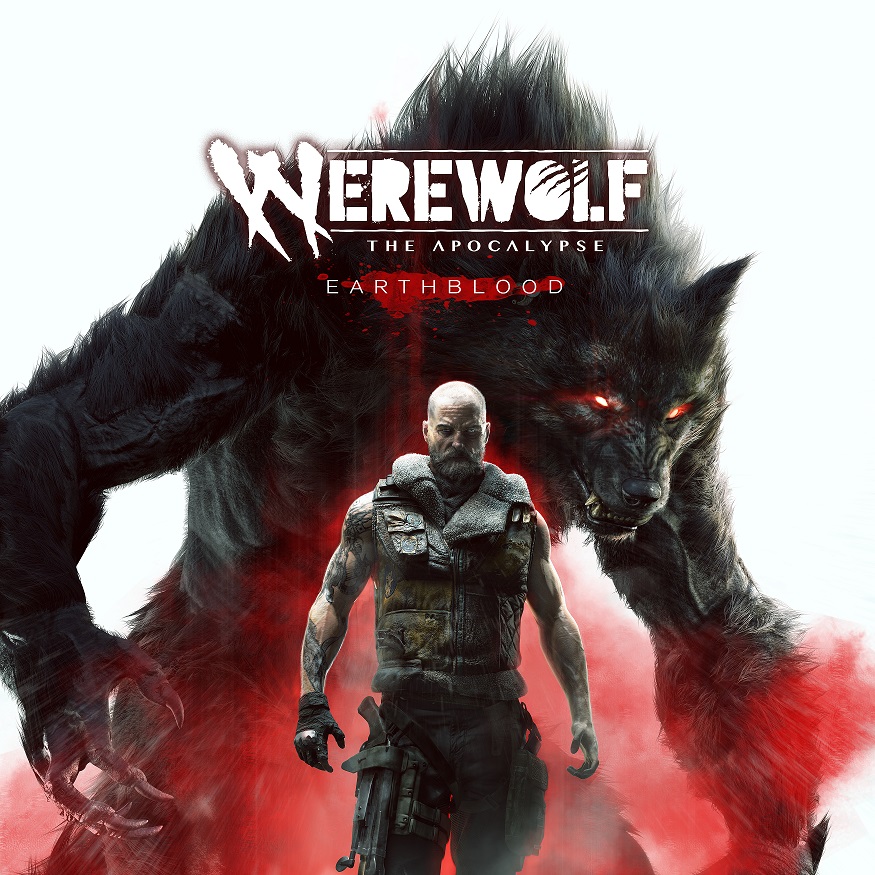Early Competition for D&D: DragonQuest
Throughout the 1970s and very early 1980s, Simulations Publications, Inc. (SPI) was a company known for its board war games. Then in 1980 it took a stab at the growing popularity of Dungeons & Dragons and other popular tabletop role-playing games. SPI came up with a different style of fantasy RPG known as DragonQuest (DQ), published in a boxed set with multiple books.
Eventually there would be three versions of DQ. SPI published a second edition in 1982 in a single book, but soon after the company was purchased by TSR, the developers of D&D. Eventually in 1989 TSR would produce the final, third edition of DQ, this one also in a single book, but since then they have done next to nothing with the property though they did release a few gaming modules for the system. Fortunately a few other companies also released DQ-related material and to this day there is a somewhat active DQ community online. As for the three versions of the game, they are pretty much compatible with few differences between them, especially between the second and third editions.
Created by Eric Goldberg, later known for his role in the publication of the tabletop RPG Paranoia and numerous other games both at the table and online, DragonQuest separated itself from D&D and its imitators by not focusing so much upon a class system for character creation and advancement. Instead, characters in DQ were mostly based upon growth in skill rankings.
…